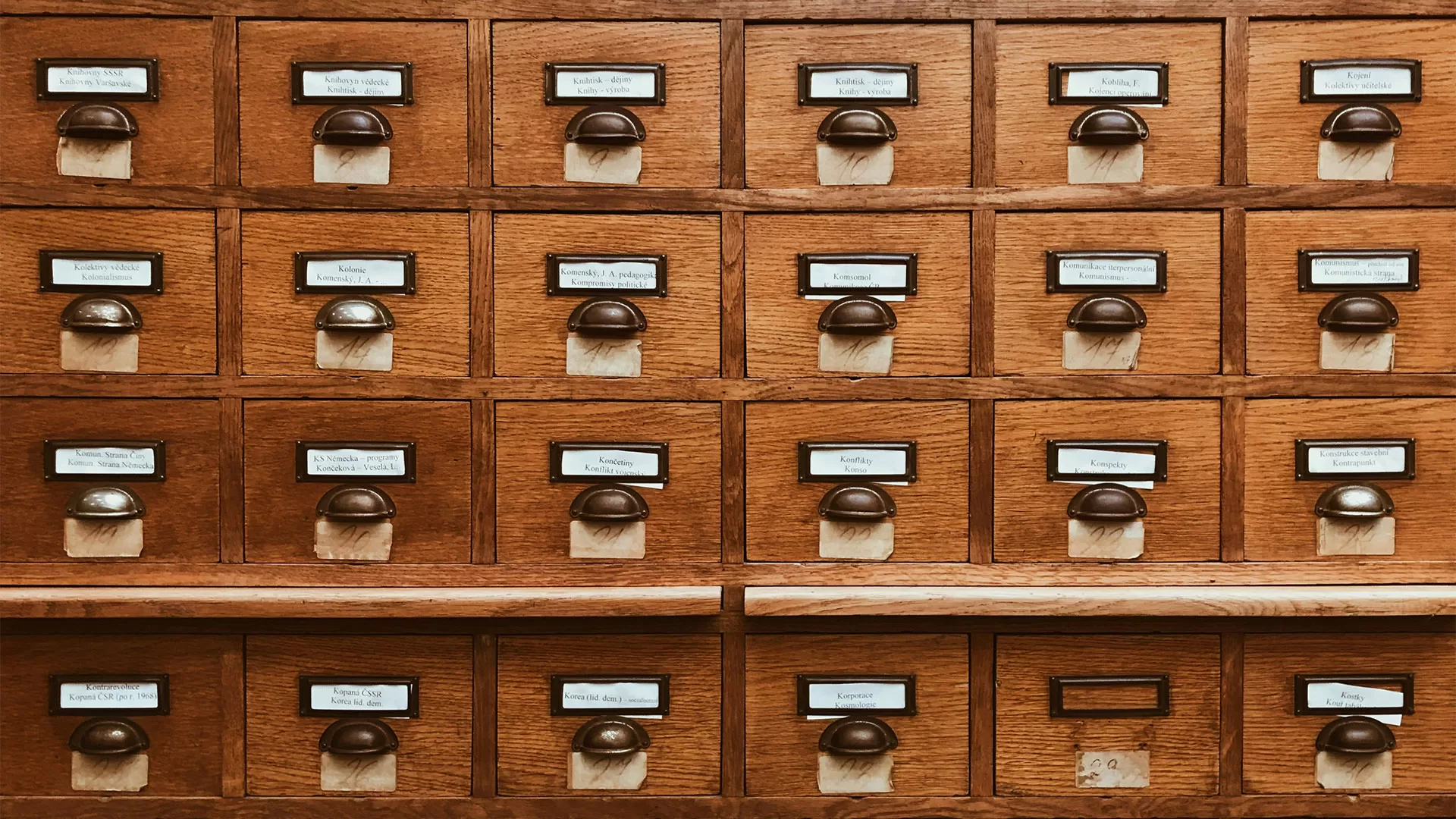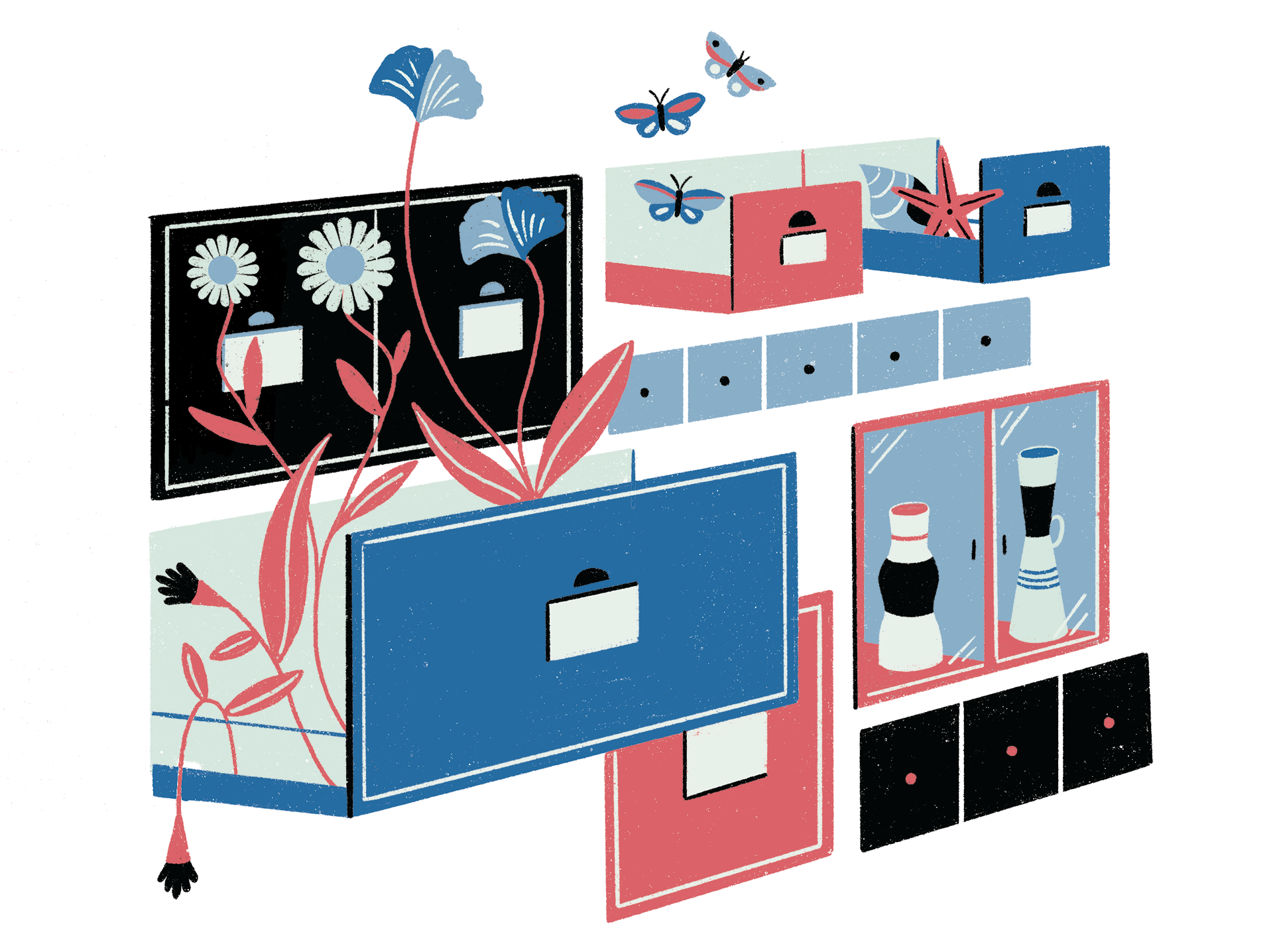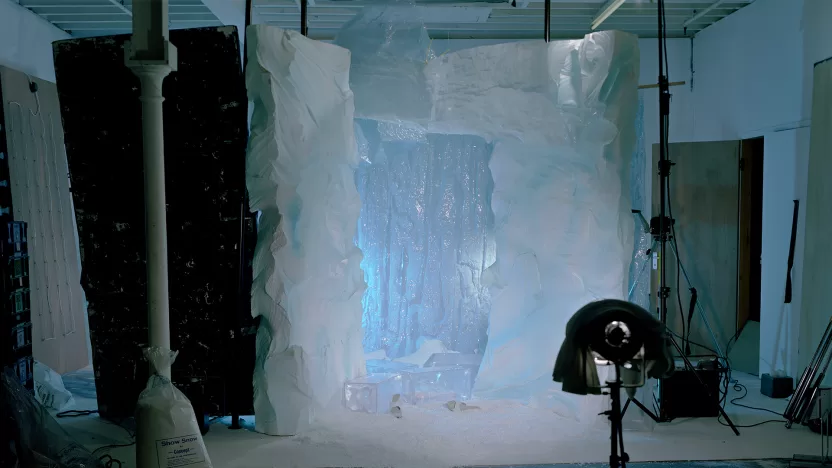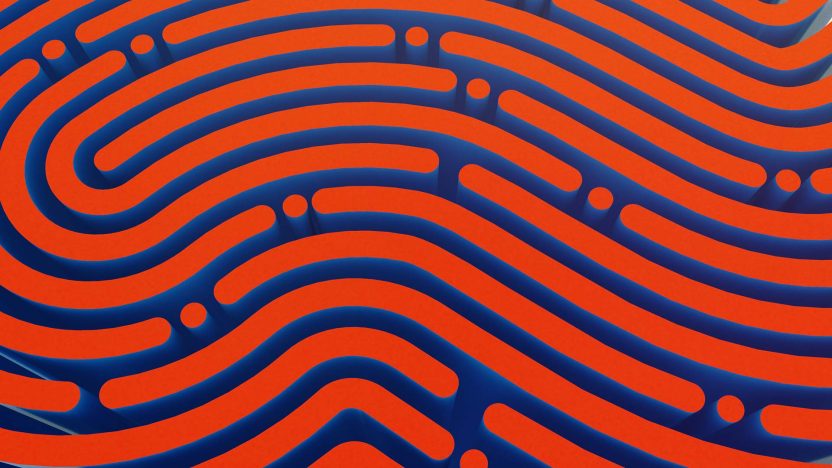Mastering chaos: the human obsession with labels
How to navigate the tension between structured categorization and nuanced understanding in our label-centric world
by Moreno Callegari

Jan Antonin Kolar / Unsplash
As long as we, humans, have existed, we have labeled. We are obsessed with labels. We sort things into categories and stick labels on them. Throughout history, we have coped with the vastness of creation by categorizing, attempting to master the chaos and measure ourselves against our surroundings. From the birth of early naturalistic collections to the compilation of encyclopedias and the advent of the internet and artificial intelligence, our tendency to categorize has remained constant.
While these classifications guide us through the vast ocean of information, they can sometimes become double-edged swords. By compartmentalizing each entity, we inadvertently risk downplaying its complexity, leading to fragmentation, misunderstanding, and even outright conflict. Categorization is a fundamental aspect of language, enabling us to define things and establish a common understanding of reality. The logic of language sets the boundaries of our world, and it’s how we exert control over creation. This innate need is evident from early times, as seen in creation myths such as Genesis, where the formation of the world and the dawn of humanity are marked by the act of naming. Language empowers us to name, organize our thoughts, and establish relational systems that form the basis of knowledge.
Human development has always involved categorizing knowledge, growing increasingly complex in labeling entities and their relationships to the world.
During the late Renaissance in Europe, the Wunderkammer, or cabinet of curiosities, emerged as a way to represent knowledge. These private collections of natural, artistic, and ethnographic items represented a transition from ancient to modern thinking. They aimed to miniaturize the world within a room, combining magical and wondrous elements. The collections, which ranged from minerals and plants to antiques, and taxidermied animals displayed in cabinets or rooms, reflected the collectors’ perspectives, wealth, erudition, and taste.
Fueled by new trade routes and discoveries, these collections were often categorized into Naturalia, Mirabilia, Artificialia, Artefacta, Ethnographica, and Scientifica. Although their taxonomy was rudimentary compared to later museums, they reflected the worldview of their era, so it is not surprising that some labels were incorrect, such as mistaking a narwhal tooth for a unicorn horn or combining unrelated items without a clear scientific rationale.
By the eighteenth century, the fascination with mirabilia began to wane and as our methods of labeling and defining things became more scientific, specialized disciplines of study (such as archeology, ethnology…) emerged. This shift led to the creation of the first encyclopedias. According to Denis Diderot, the Encyclopédie’s goal was “to change the way people think” and to incorporate all of the world’s knowledge. An ambition, certainly reflected in its organization, combining dictionaries, hierarchical classifications, and cross-references.

Illustration by Francesca Ragazzi
The advent of the internet has exponentially increased the volume of information available, requiring even more sophisticated tagging and cataloging systems. Today, artificial intelligences rely on these very categorizations, learning from massive datasets to sort and predict patterns. As we strive to give birth to external intelligences to support us, we are training them to become the future stewards of the world’s knowledge. However, we are also imparting the same biases that flaw our judgment, just as Renaissance collections reflected the biases of their time, with certain artifacts and representations depicting indigenous peoples as demonic or beastly.
Under the guillotine of categorization fall musical genres, the latest TikTok food trends, and diverse identities. Each historical period experiments with its own categorizations, reflecting the prevailing intellectual limitations.
Throughout human history, assigning a name is a means of asserting authority, and merely changing a name can alter a person’s destiny or function. Cultural evolution introduces new practices that require the evolution of mental representations and categories. As these change, vanish, or evolve, and as our world and our perceptions of it expand to the point where new categories are needed again and again, our inclination to divide everything into compartments does not diminish. “Human beings are information omnivores: we are constantly collecting, labeling, and organizing data,” asserts author David Weinberger, who also argues that in today’s “digital disorder,” everything is miscellaneous and that we should no longer limit our categories to the physical world. This also implies that we are not born with a fixed set of categories and that they all have a “cultural overlay,” as Susan Gelman and Steven Roberts point out, that makes them vary depending on geography, era, language, and culture.
The question that remains is: how do we balance structure and fluidity? How do we embrace complexity in a world still obsessed with labels, and reward mental processes that catalog less and “nuance” more? I don’t think it’s surprising that the Wunderkammern’s propensity for juxtaposition is experiencing a resurgence of interest among scholars working in the humanities and social sciences. These cabinets find a modern parallel in the way digital media organize and present information. Scholars such as Barbara Maria Stafford argue that both Wunderkammern and digital platforms challenge traditional categorizations by favoring analogy, juxtaposition, and contiguity over conventional order, thus resonating in our current era, where rigid knowledge structures are increasingly being questioned.
Some new media scholars have even characterized the Web as a “digital Wunderkammer” due to its ability to organize heterogeneous content in ways that subvert traditional knowledge systems. Tags provide us with a stable representation of the world we’re trying so hard to contain, yet it’s important to remember that language’s inherent flexibility encourages innovation. Rather than adhering to a simplistic divide-and-conquer strategy, we should strive to emulate the original goal of the Encyclopédie. This entails not just accumulating knowledge but critically and rationally analyzing it for social progress, which should be the guiding principle for all future methods of organization.


